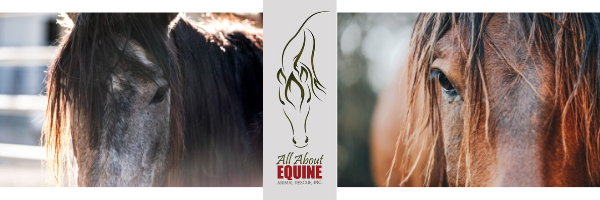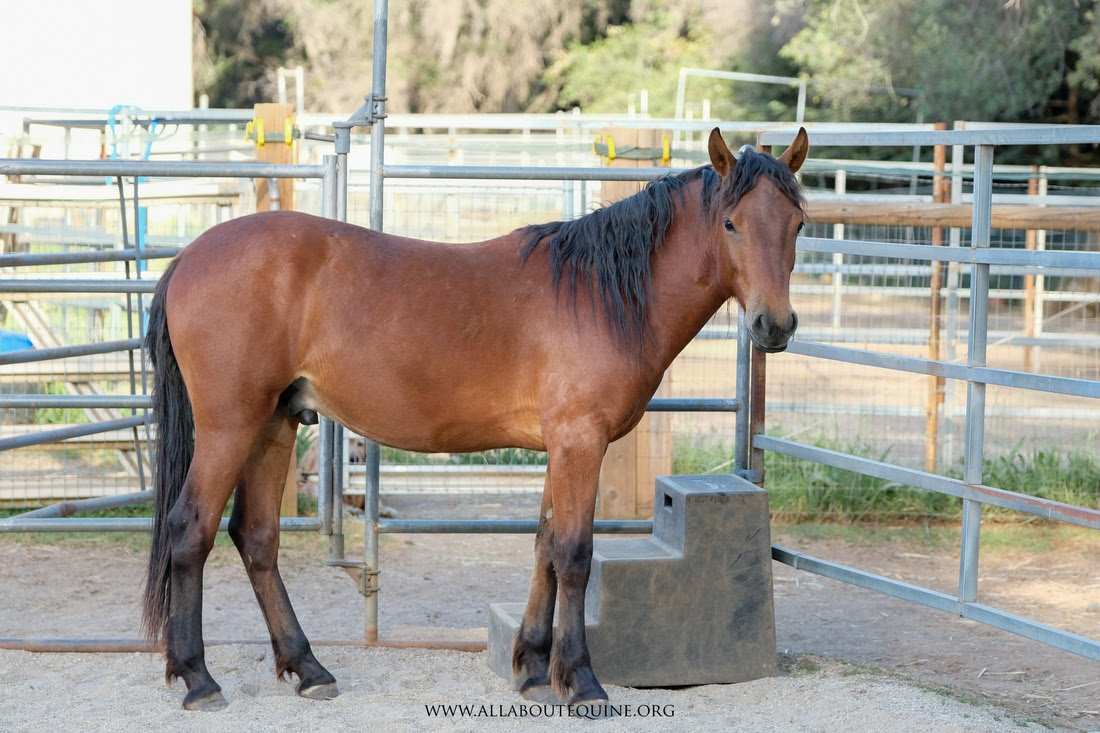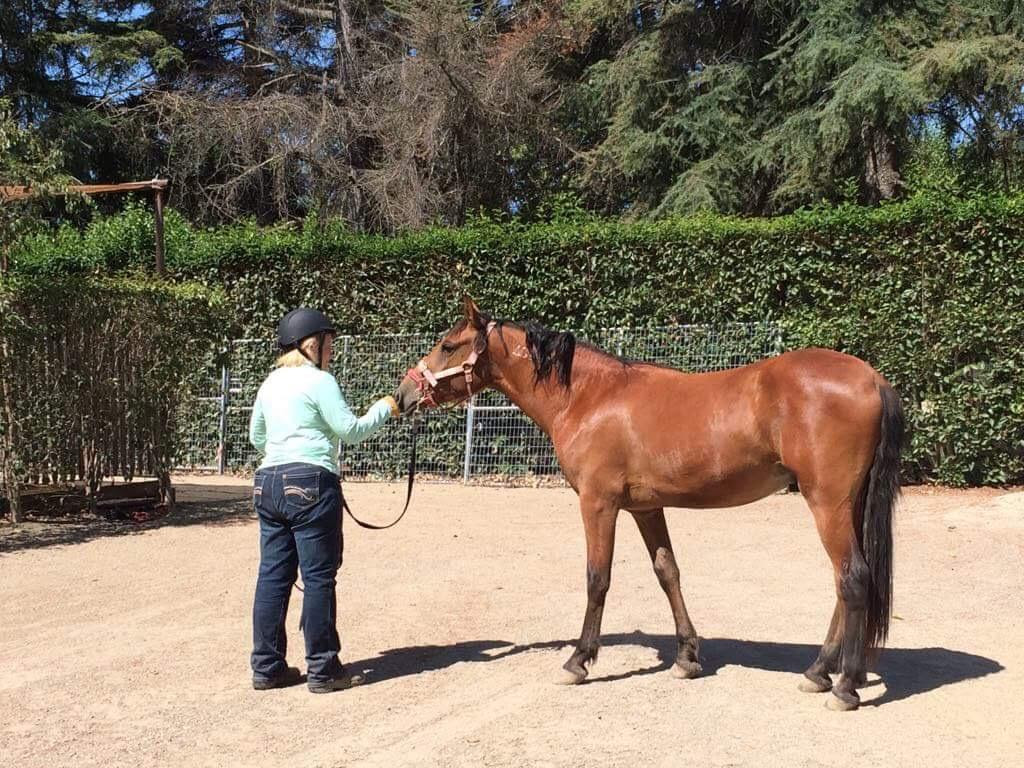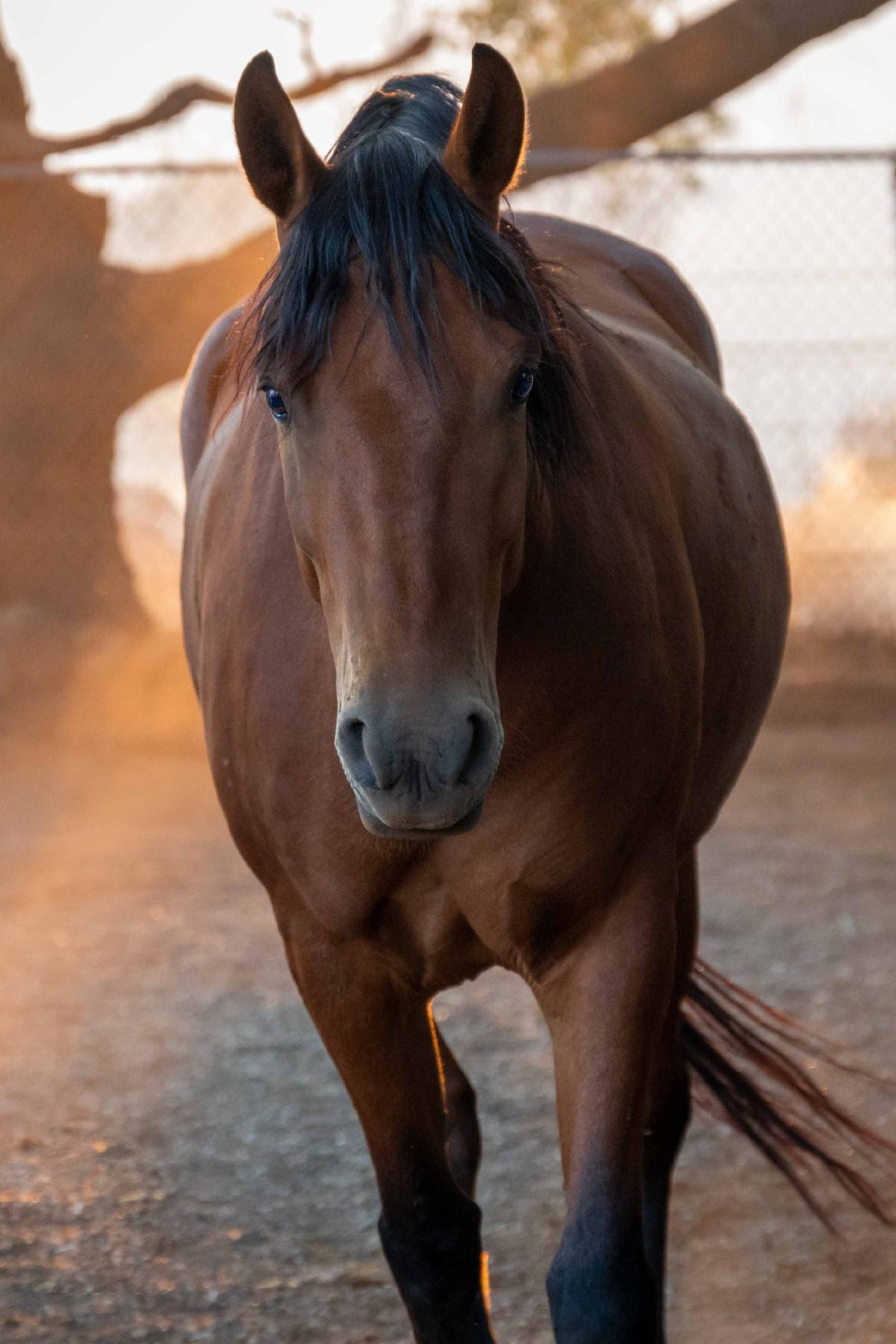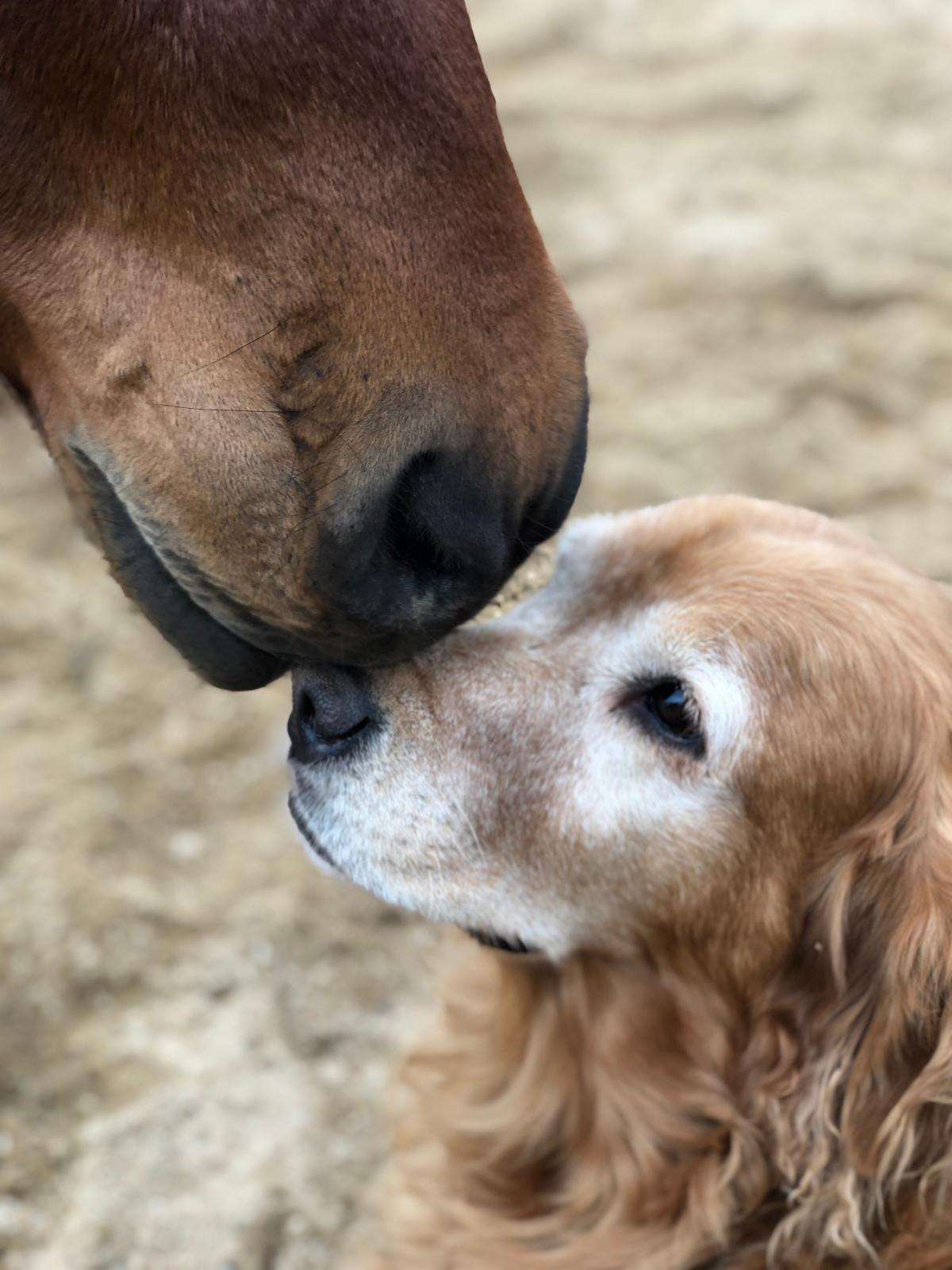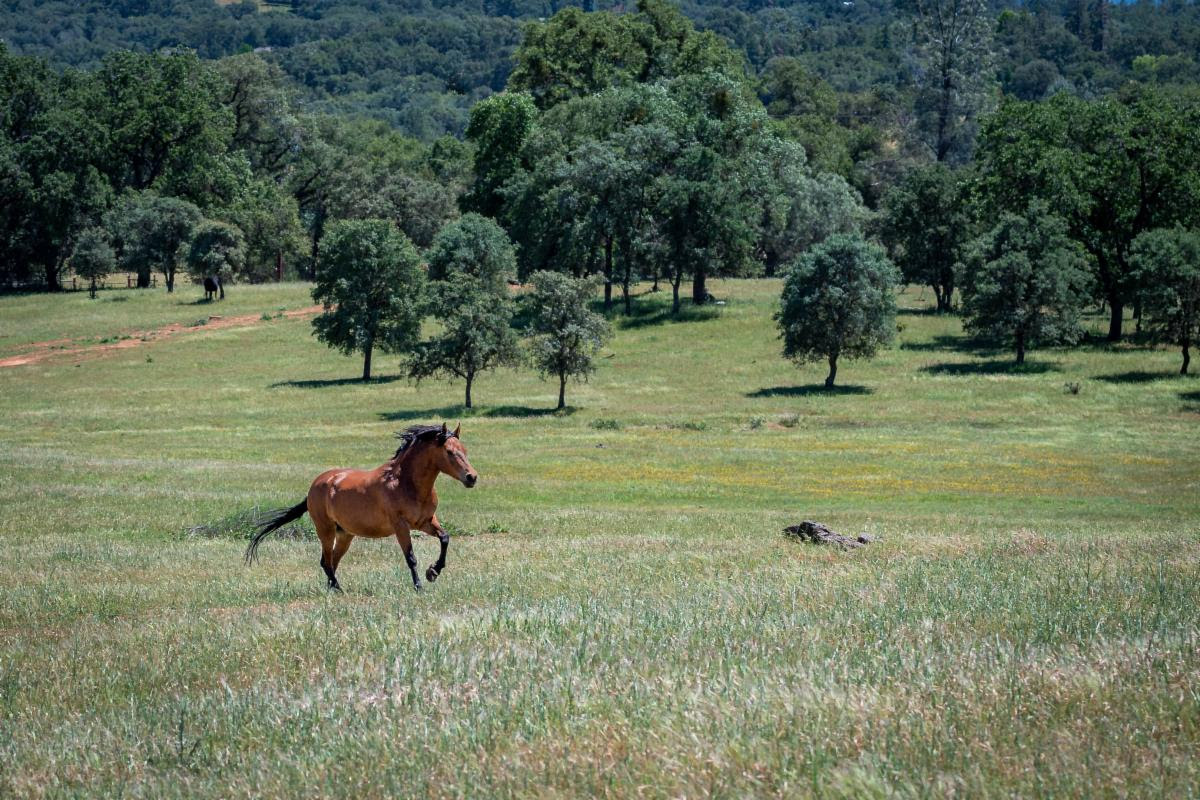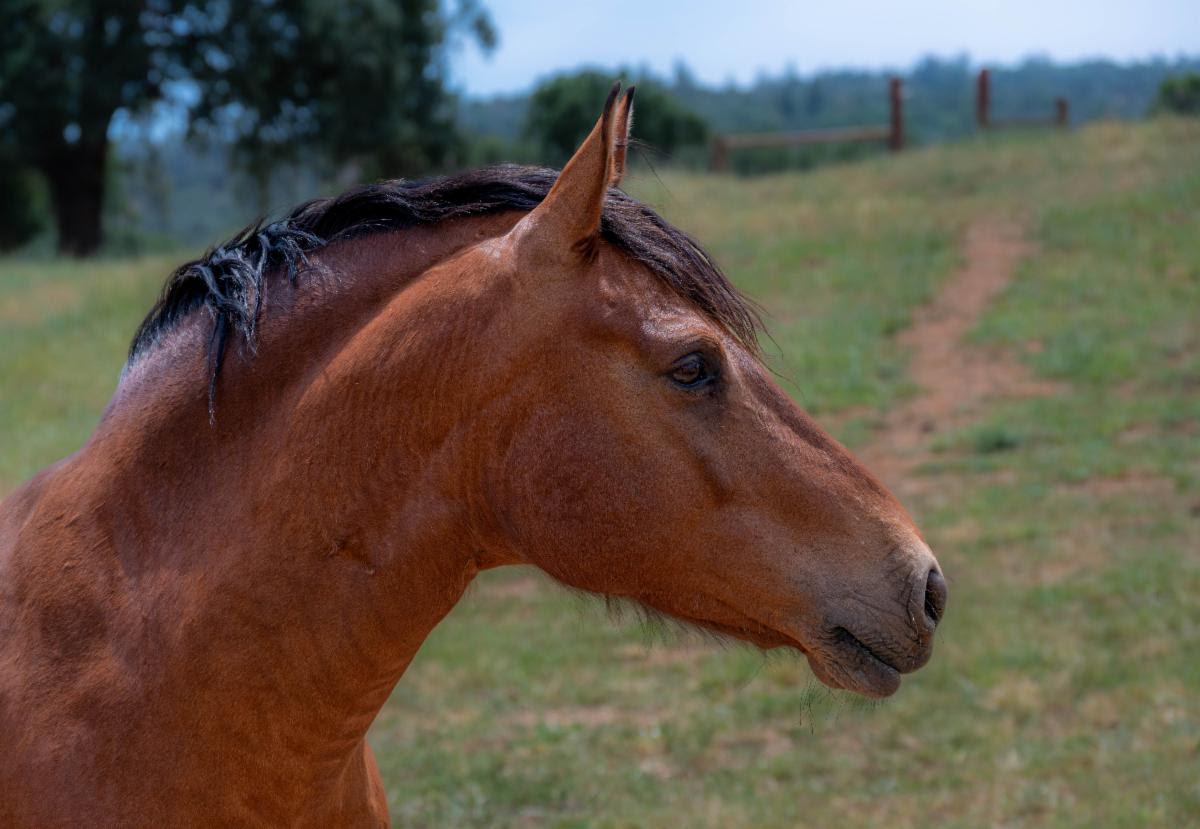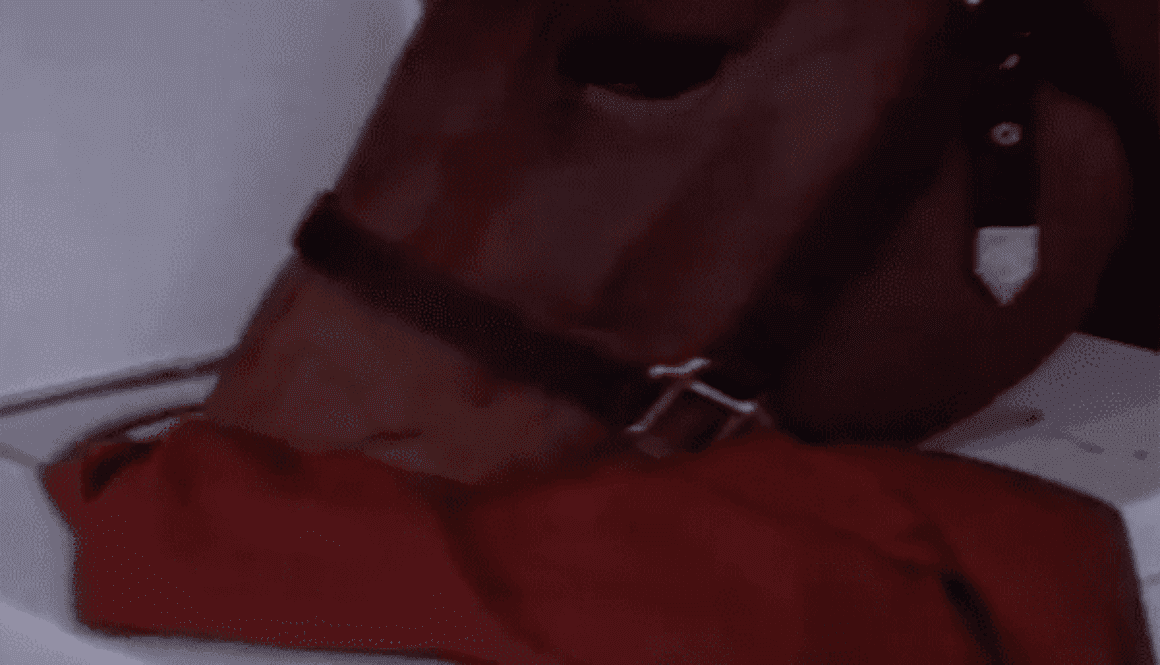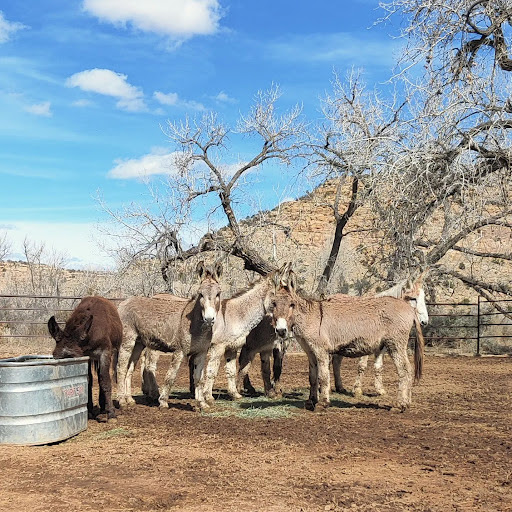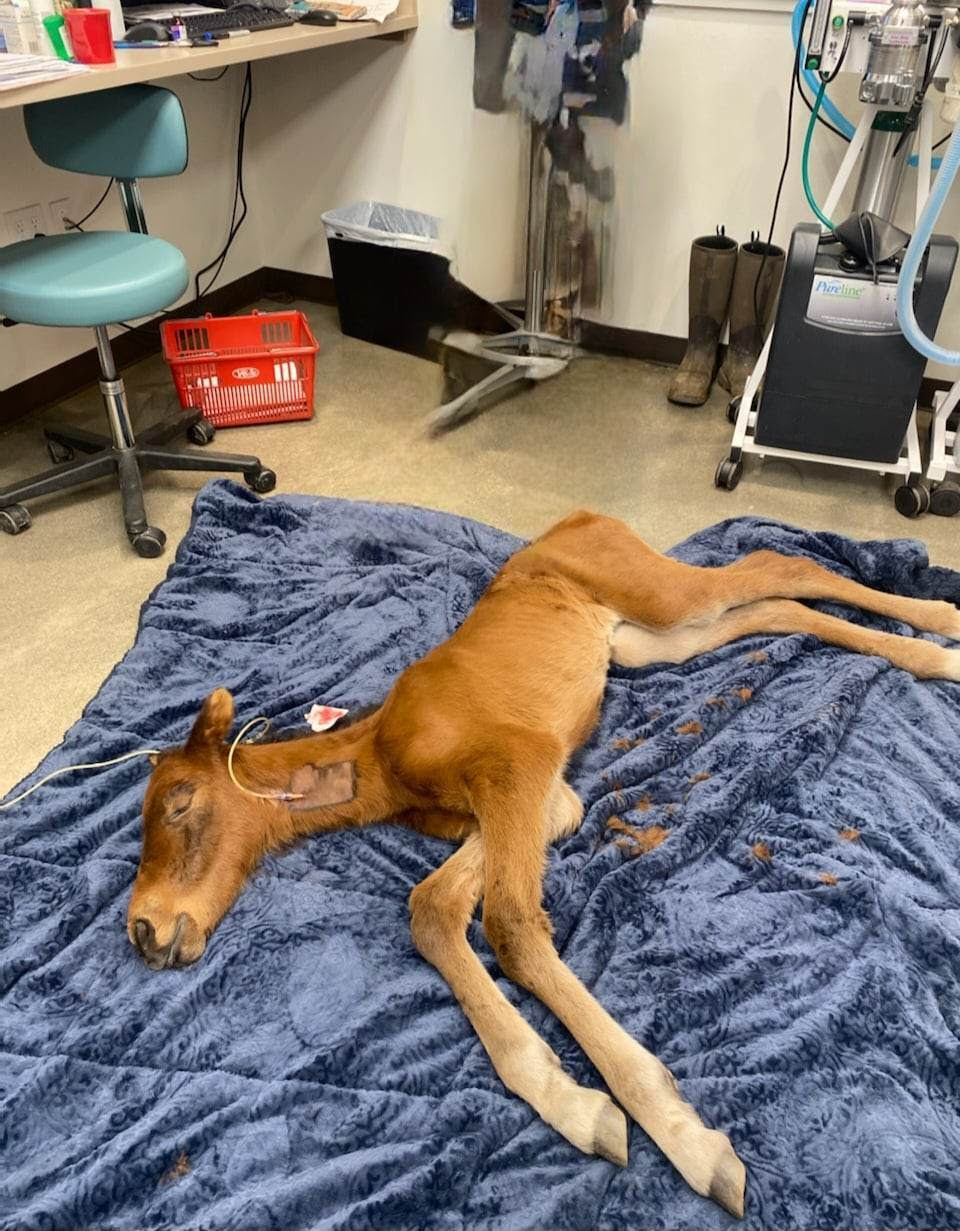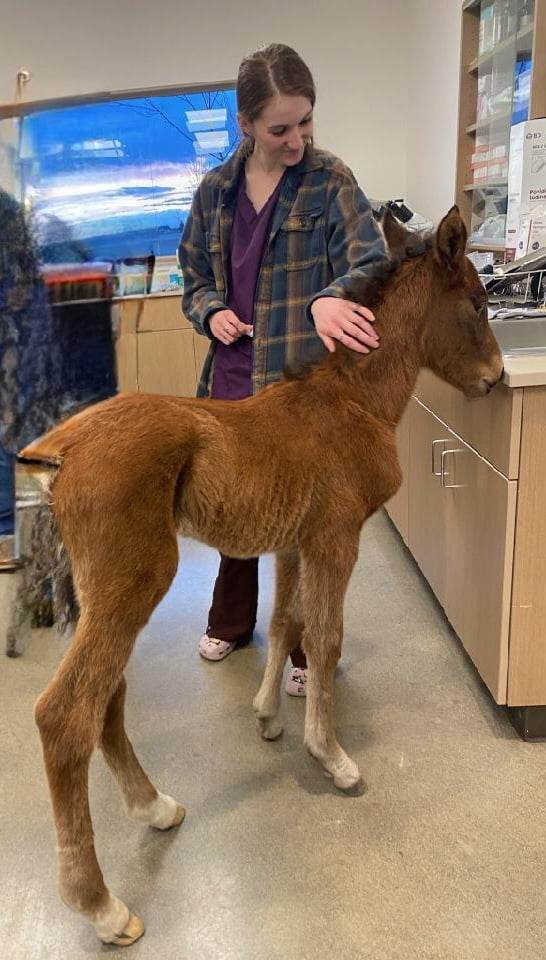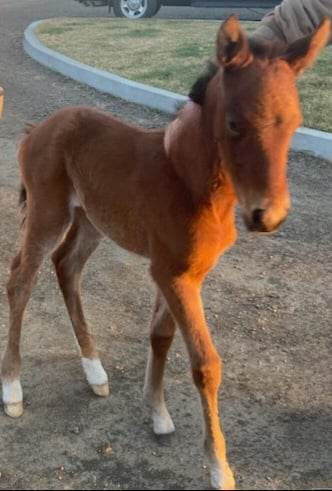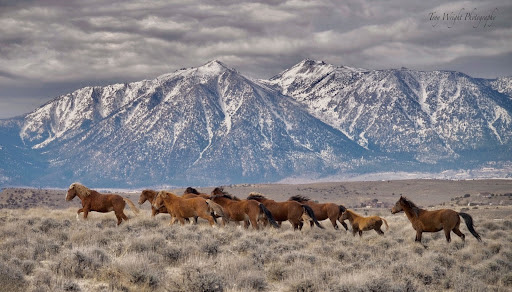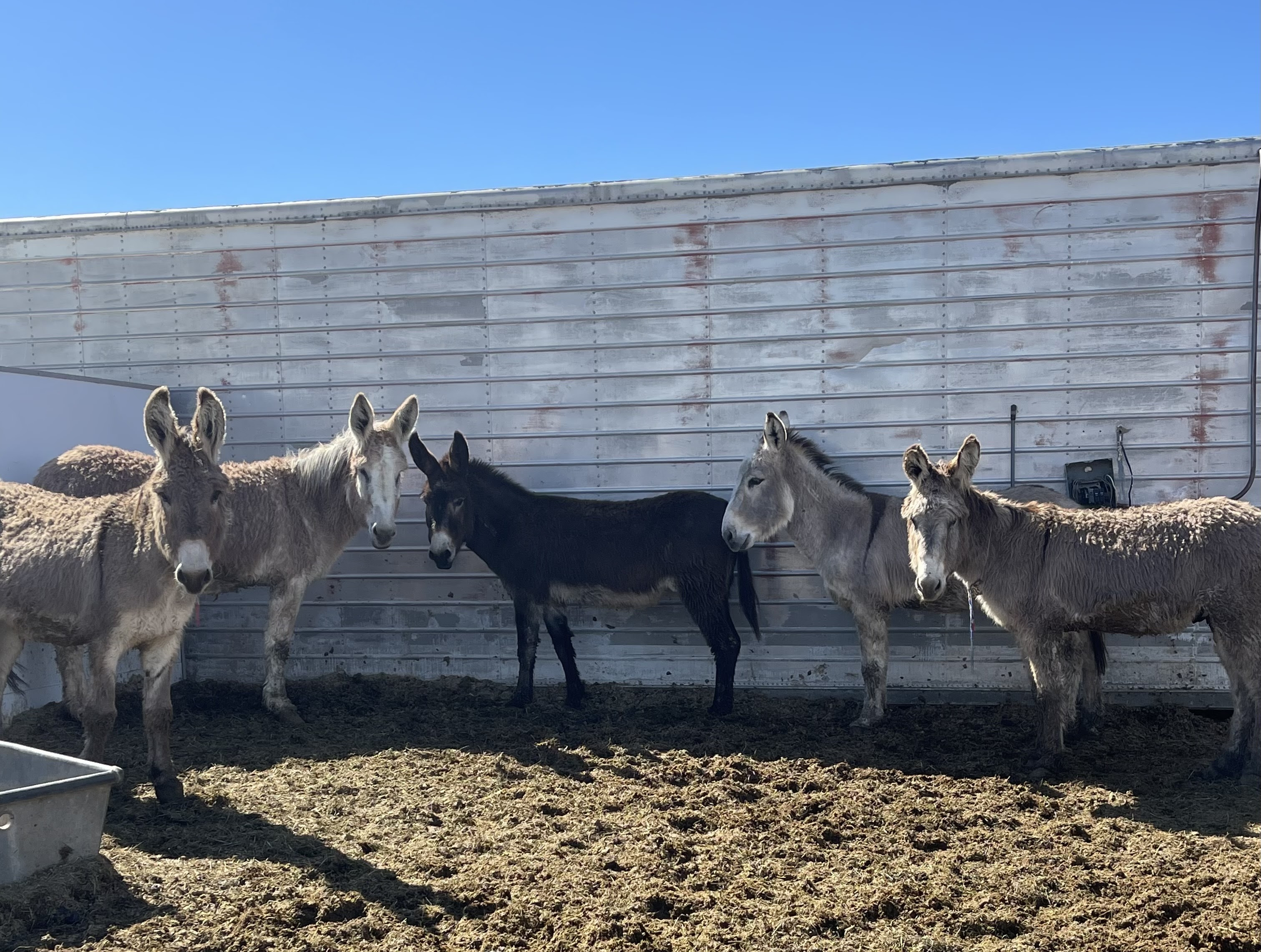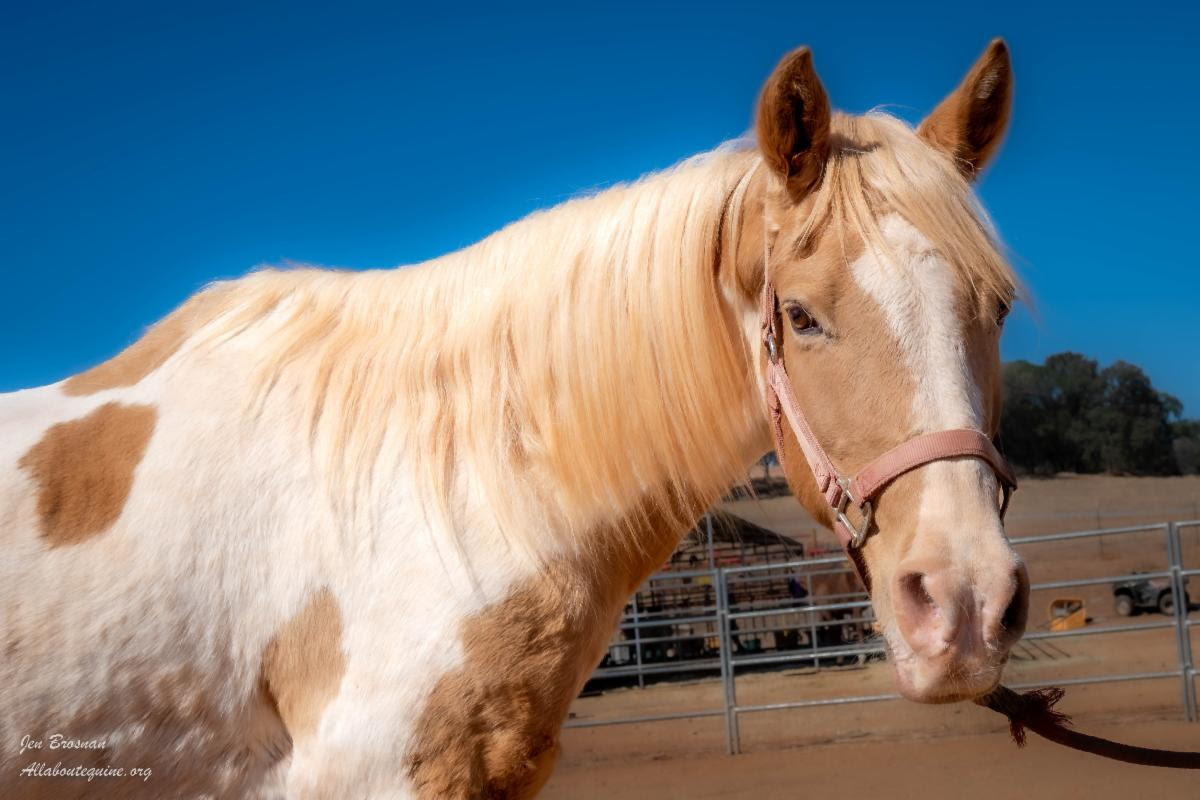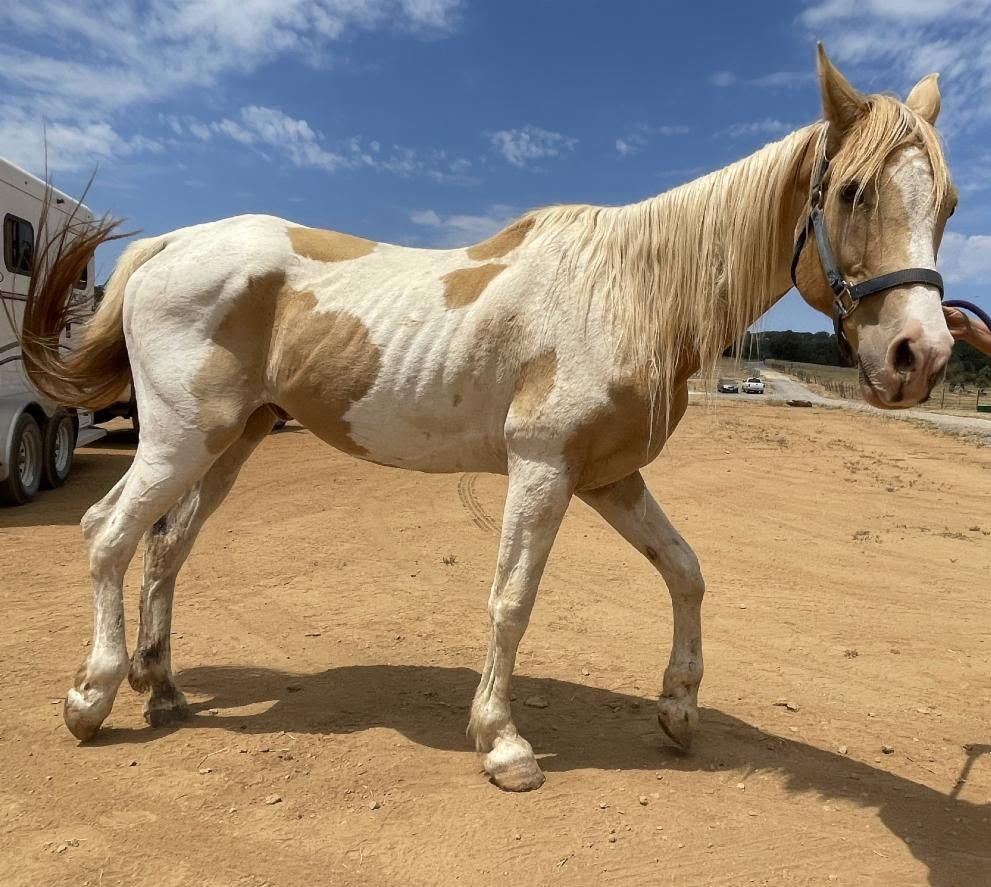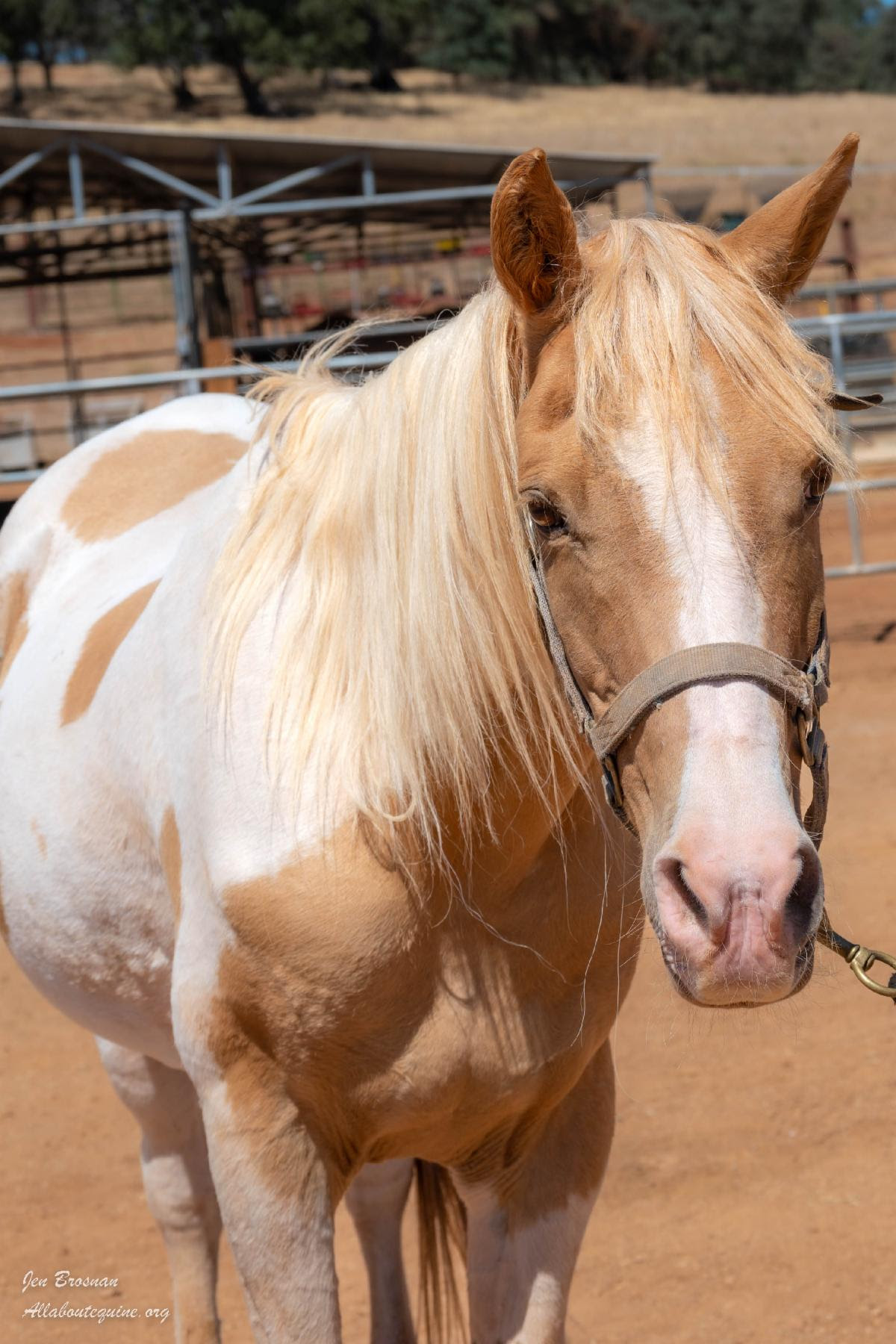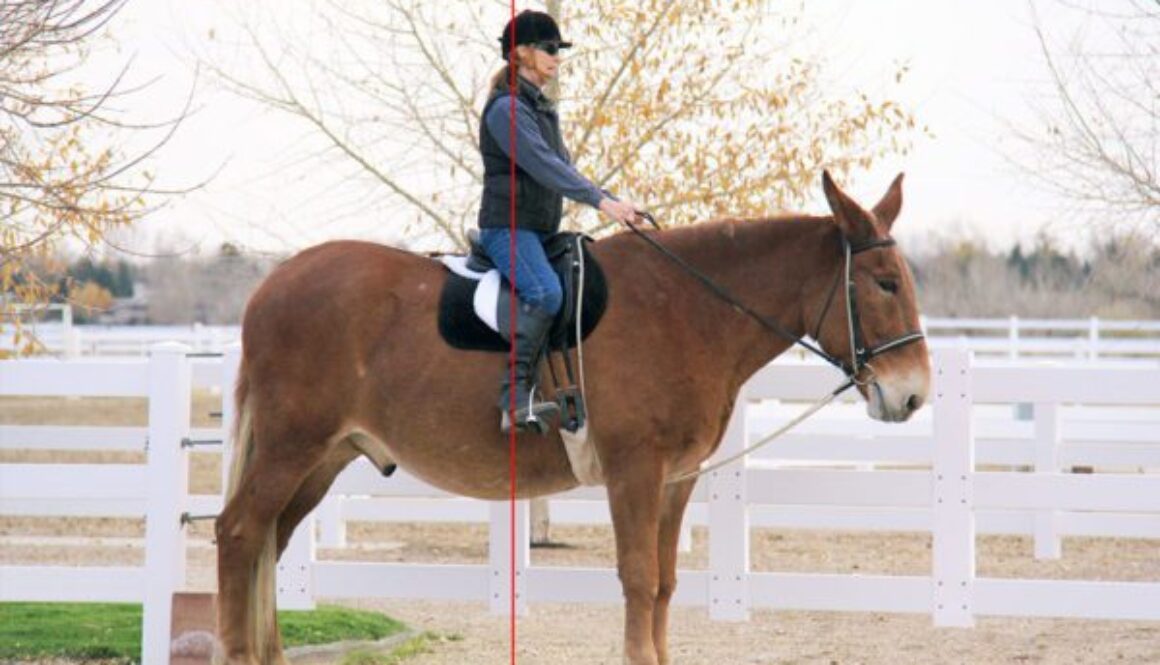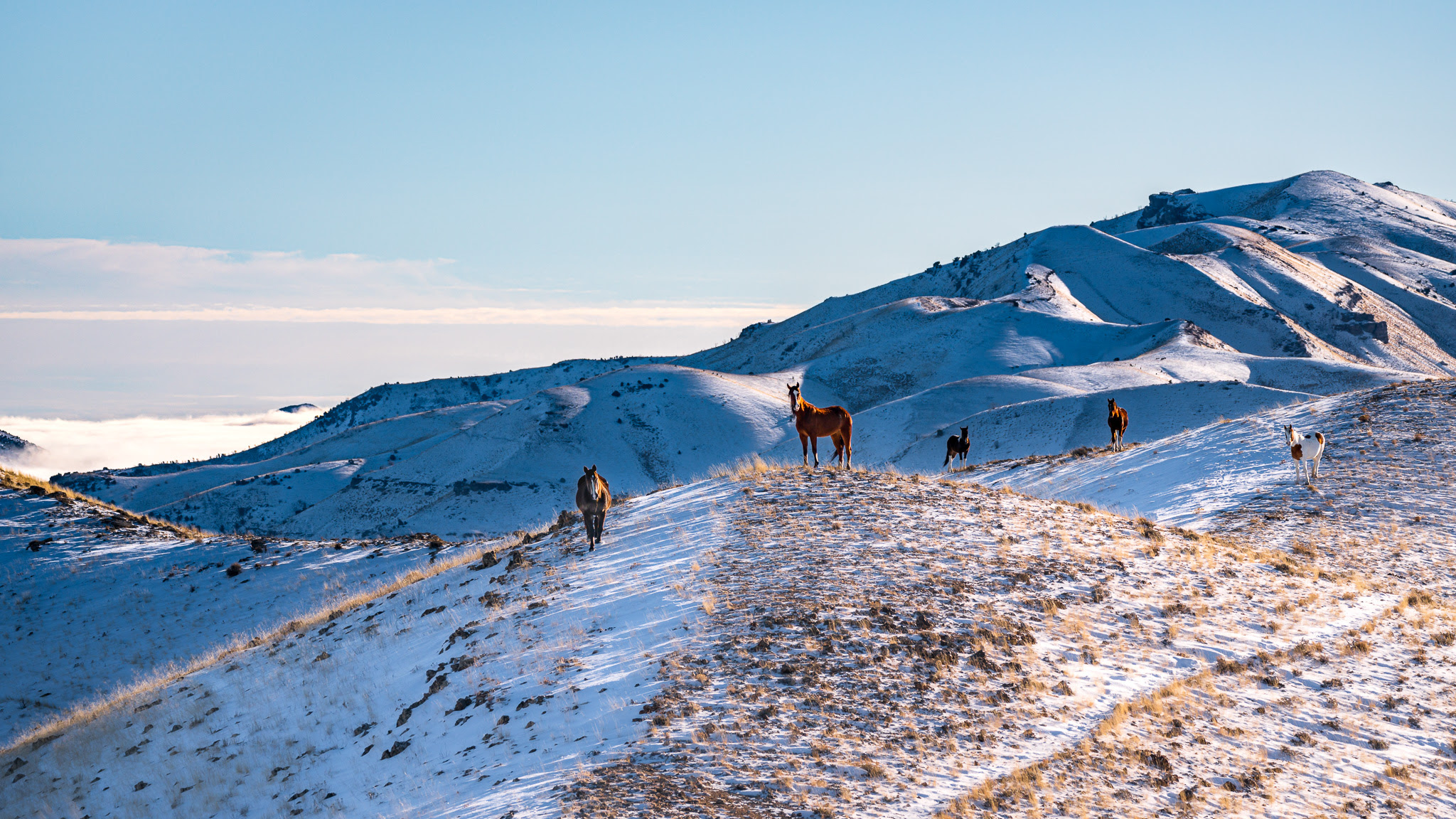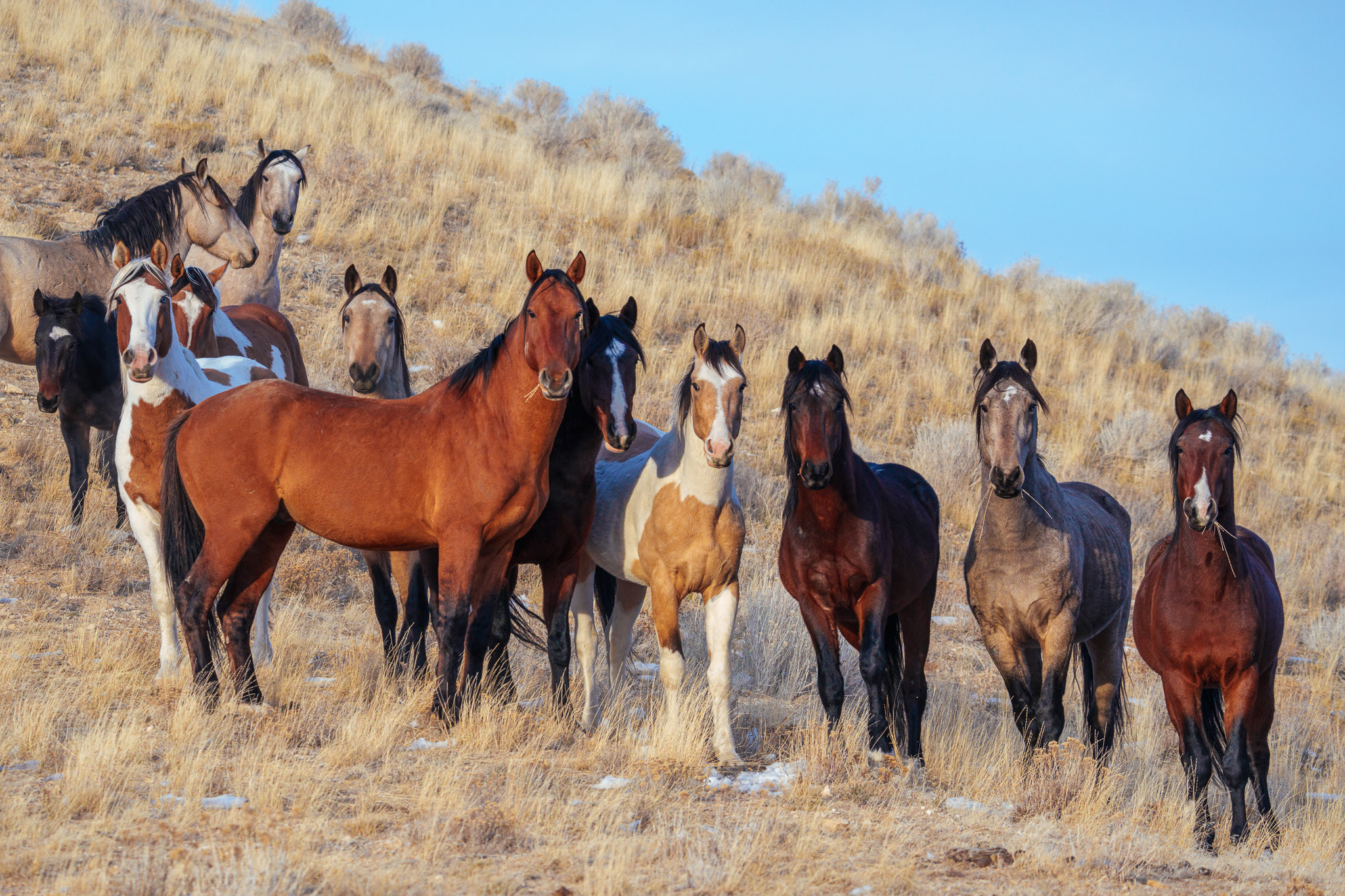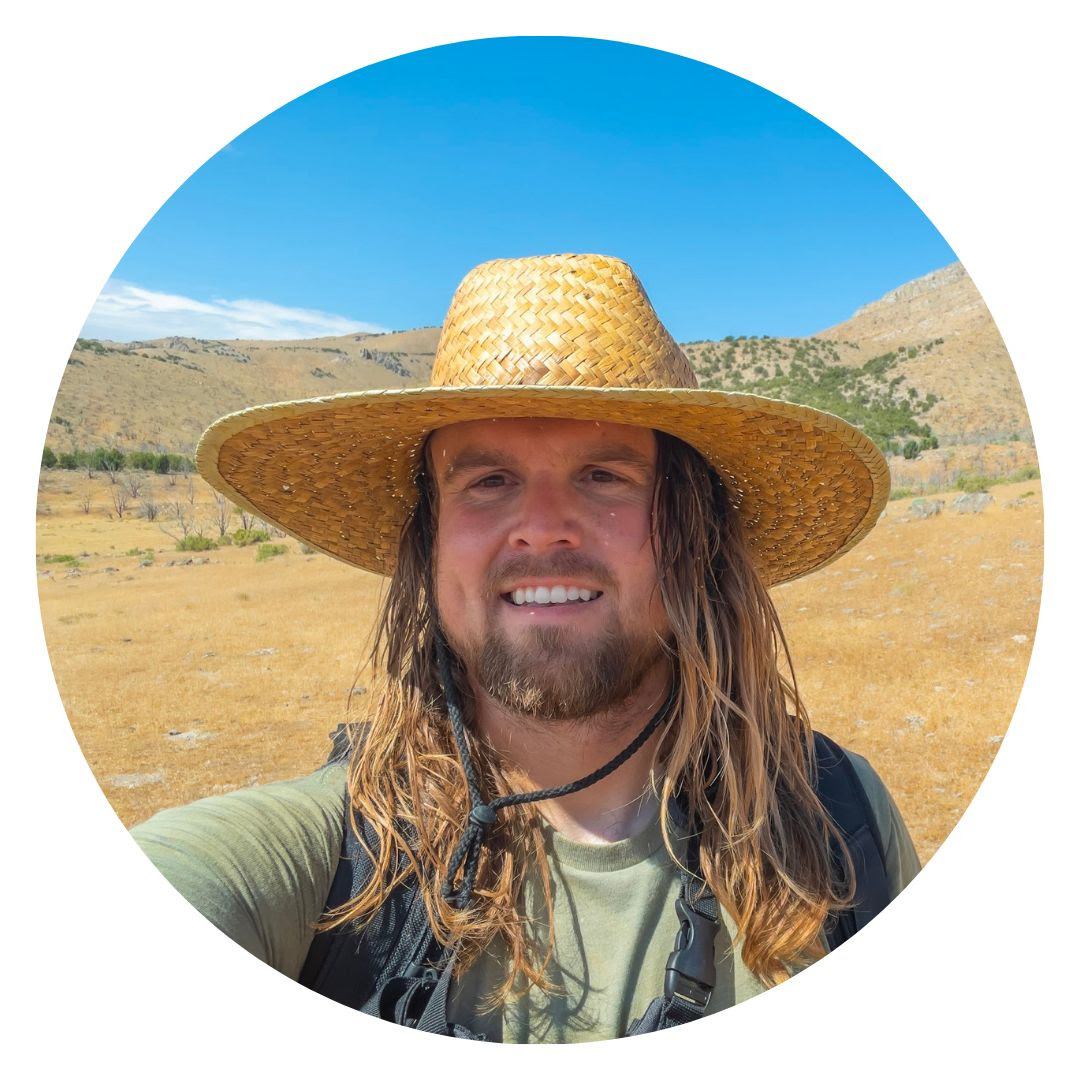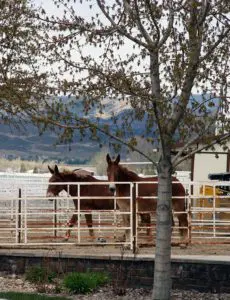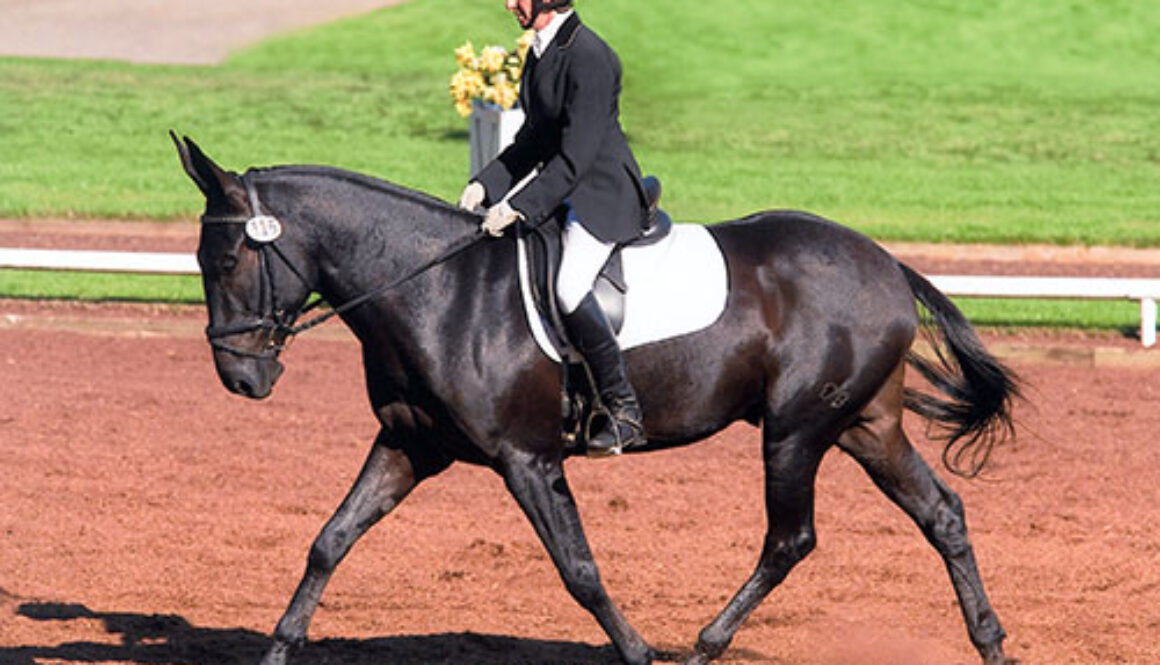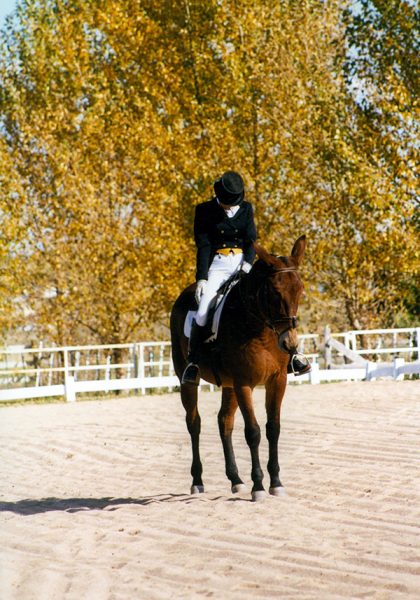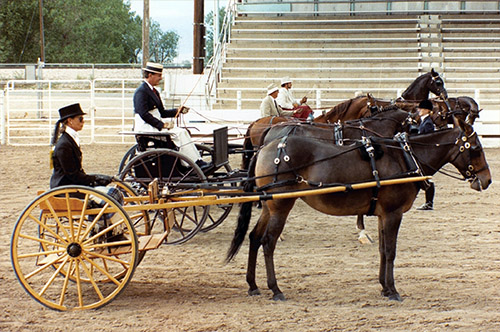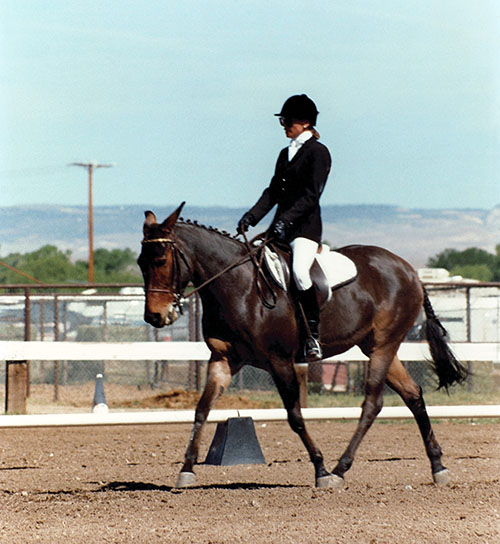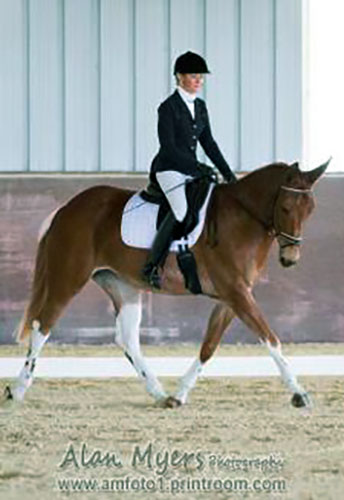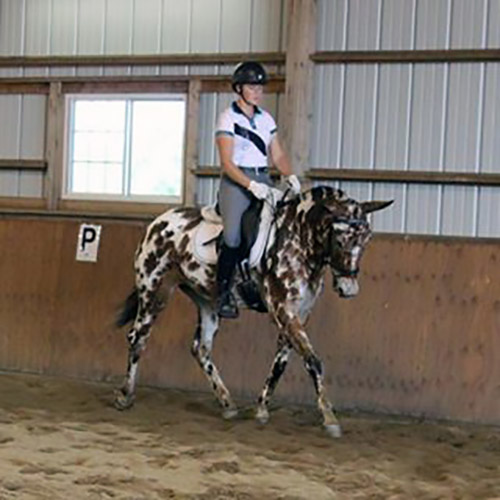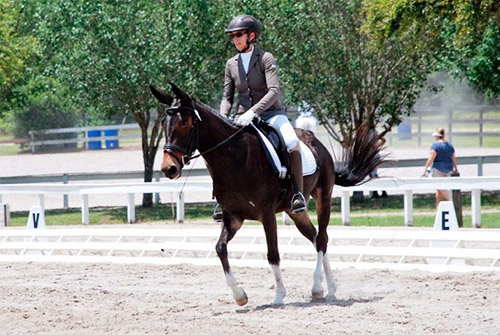MULE CROSSING: Mule Conformation
By Meredith Hodges
As in any breeding program, when breeding jacks to mares to obtain mules, there are many variables to be taken into consideration that are basic and pertain to both the jack and the mare. However, there are some variables that are particular to each.
 The ideal mule should have a head that is slightly longer than that of a horse, but proportionate to the size of the mule’s body. The features should be prominent and give an overall pleasant appearance. The ears should have length and be nicely shaped, and the eyes should be large, soft and kind, reflecting the mule’s health and intelligence. The forehead should be broad, tapering to a small and delicate muzzle, with a shallow mouth and well-aligned teeth, and the nostrils should be wide to allow for adequate respiration while working. Both the mare and the jack are responsible for the shaping of these characteristics, but the jack has primary responsibility where the length of the ear and the mass of bone are concerned. A jack with a longer ear will, more often than not, throw a longer ear to the mule, while the shape of the ear is determined primarily by the mare. The attractive or unattractive head of the jack can emerge in the resulting mule, so be sure to carefully consider the head on the jack to be used for breeding to produce an attractive head on your mule offspring. Standard-sized jacks and Large Standard jacks most often have a more refined head, while the head of a Mammoth jack may be less refined and possess
The ideal mule should have a head that is slightly longer than that of a horse, but proportionate to the size of the mule’s body. The features should be prominent and give an overall pleasant appearance. The ears should have length and be nicely shaped, and the eyes should be large, soft and kind, reflecting the mule’s health and intelligence. The forehead should be broad, tapering to a small and delicate muzzle, with a shallow mouth and well-aligned teeth, and the nostrils should be wide to allow for adequate respiration while working. Both the mare and the jack are responsible for the shaping of these characteristics, but the jack has primary responsibility where the length of the ear and the mass of bone are concerned. A jack with a longer ear will, more often than not, throw a longer ear to the mule, while the shape of the ear is determined primarily by the mare. The attractive or unattractive head of the jack can emerge in the resulting mule, so be sure to carefully consider the head on the jack to be used for breeding to produce an attractive head on your mule offspring. Standard-sized jacks and Large Standard jacks most often have a more refined head, while the head of a Mammoth jack may be less refined and possess  thicker bone, particularly around the eyes and jaw line. In the case of saddle mule production, massive bone on an otherwise attractive head can be very unattractive, so using the smaller jacks would be better for a more refined look in your saddle mule (which is also true for the rest of the mule’s body).
thicker bone, particularly around the eyes and jaw line. In the case of saddle mule production, massive bone on an otherwise attractive head can be very unattractive, so using the smaller jacks would be better for a more refined look in your saddle mule (which is also true for the rest of the mule’s body).
The neck of the mule should have good length and come well back over the shoulders to the withers, with neither an excessive arch nor a u-shape. The withers should be apparent, but will not be as prominent as that of a horse. Many jacks have a characteristically short, thick neck. If it is passed on to the mule, this shortened and thick neck may inhibit the suppleness and agility of the resulting mule. Since donkeys tend to be rather flat over the withers, a mare with good wither development is also recommended to offset the tendency for this trait in the mule. It’s hard to keep a saddle on a mule with little or no withers, despite the use of cruppers and breeching.


The back of the mule should be slightly shorter than that of a horse and nearly straight with only a gentle slope over the top line and with strength over the loins. The croup should be nicely rounded with smooth muscling (indicative of strength and staying power), with the tail set-in neither too high nor too low. Again, the jack/mare combination must be considered in order to obtain a desirable saddle mule. Both the mare and the jack should have good body length to avoid a “boxy” appearance in the mule.
 The shoulders of the mule should be at a nearly 45-degree angle, with a broad collar surface. Most mares will have this angle, but donkeys have a tendency toward short, steep shoulders, so, to insure that the mule has good shoulders and hips, consider a jack with good length and a lower angle through the shoulders and hips.
The shoulders of the mule should be at a nearly 45-degree angle, with a broad collar surface. Most mares will have this angle, but donkeys have a tendency toward short, steep shoulders, so, to insure that the mule has good shoulders and hips, consider a jack with good length and a lower angle through the shoulders and hips.
The curved ribs of the mule should be well sprung and separated around the torso, and extended (not flat and narrow), and should range close to the hipbone. The flank should be well set down from the croup and just above the stifle with a nearly flat appearance (not as indented as that of a horse). The hip, stifle, and gaskin should all have a smooth-muscled look, not bulging, as seen in many horses. The more bulky-muscled mare is generally crossed with the smooth-muscled jack to create a more bulky, yet smooth musculature in the mule than that of the jack. The contribution of bulk muscling from the mare provides more stability to the inherent smooth muscles from the jack and will enhance athletic performance in your mule athlete.
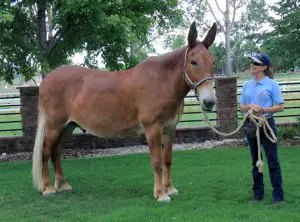 The chest of the mule should be deep and prominent, broad and well developed (it should resemble a turkey’s breast), with little or no line of separation (as is seen in a horse’s chest). Since jacks are generally narrower through the chest than are mares, the mare chosen for breeding should exhibit much width and depth through the chest to compensate for the lack of it in the jack.
The chest of the mule should be deep and prominent, broad and well developed (it should resemble a turkey’s breast), with little or no line of separation (as is seen in a horse’s chest). Since jacks are generally narrower through the chest than are mares, the mare chosen for breeding should exhibit much width and depth through the chest to compensate for the lack of it in the jack.
The legs of the mule (as with horses) should be nearly straight, broad and clean, with adequate bone density for the size of the mule. The legs should be well braced at all four quarters and properly balanced underneath the mule’s body. The knee should be broad, deep and firmly set and the hock should be broad and muscular. Being slightly “cow hocked” in the rear quarters (with the toes pointed slightly outward) is common in mules and is actually preferred for performance (though not when showing at halter), but pay special attention to the straightness of legs in both the jack and the mare because being extremely “cow hocked” is not acceptable and should be minimized through careful breeding practices.
 If a stockier mule is desired (as in the case of breeding for pack or draft mules), a stockier mare bred to a Mammoth jack will produce the desired thickness of bone in the legs of the mule. If a more refined Thoroughbred appearance is desired, the mare should be bred to a Standard or Large Standard jack in order to reduce the mass of the bone in the legs of the mule and retain refinement throughout the body. This does not affect the height of the mule, as the mare is primarily responsible for the mule’s height, while the jack is primarily responsible for the mule’s bone thickness. The forearm and stifle in the mule should be well developed and thickly covered with smooth muscle that tapers to the knee and hock in regular, well-defined lines. Again, these muscles should be thick and smooth, but not bulging, as in horses. The mare will compensate for the limited bulk muscling in the donkey jack, and the jack will contribute and maintain the smoothness of that additional bulk muscle in the mule.
If a stockier mule is desired (as in the case of breeding for pack or draft mules), a stockier mare bred to a Mammoth jack will produce the desired thickness of bone in the legs of the mule. If a more refined Thoroughbred appearance is desired, the mare should be bred to a Standard or Large Standard jack in order to reduce the mass of the bone in the legs of the mule and retain refinement throughout the body. This does not affect the height of the mule, as the mare is primarily responsible for the mule’s height, while the jack is primarily responsible for the mule’s bone thickness. The forearm and stifle in the mule should be well developed and thickly covered with smooth muscle that tapers to the knee and hock in regular, well-defined lines. Again, these muscles should be thick and smooth, but not bulging, as in horses. The mare will compensate for the limited bulk muscling in the donkey jack, and the jack will contribute and maintain the smoothness of that additional bulk muscle in the mule.
The old saying, “No Foot, no mule” is literally true, as it is in any nomadic animal. If the hooves are not trimmed and balanced properly, it will offset the balance of the equine’s entire body and can compromise longevity in the animal, because his entire internal structure will be compromised. The hooves of the mule will be smaller and more upright than that of a horse of equal size, and should be well sprung and supported, not contracted. They should have a smooth appearance and look sleek and oily. No ribbing should be apparent and the frog should be well extended, healthy and make adequate contact with the ground for good circulation to the hooves. When being trimmed, the mule should be left with more heel than the horse to maintain the more upright position that complements the shoulders and hips. The shape and condition of the hooves of the jack and the mare are both equally important when considering foot development in the mule.
 The coat and hair of the mule should be soft and shiny, covering pliable skin. The coat should be soft to the touch, denoting good skin health. Length and thickness of the coat are contributed by both jack and mare. Since donkeys have a typically thick coat of hair, a mare with a thinner coat will balance this thick hair coat in the mule, making him look sleeker and more horse-like than his donkey sire.
The coat and hair of the mule should be soft and shiny, covering pliable skin. The coat should be soft to the touch, denoting good skin health. Length and thickness of the coat are contributed by both jack and mare. Since donkeys have a typically thick coat of hair, a mare with a thinner coat will balance this thick hair coat in the mule, making him look sleeker and more horse-like than his donkey sire.
Although the jack plays a part in the mule’s way of going, the mare plays a larger part in the animation of the mule’s gaits. Mules out of gaited mares will generally exhibit the mare’s way of going and will also be gaited.
Probably the most important trait of the mule is his disposition. This characteristic comes primarily from the mare. Much of the mule’s attitude is formed during his first days with his dam, at which time he will observe and then assume her behavior patterns. Although much of a mule’s attitude development is environmental, there is still an inherent general disposition, so avoid breeding to mares with a negative or sour disposition, as those traits will most likely be passed on to her mule offspring.
Keeping all of these considerations and guidelines in mind when breeding for mules can definitely increase your chances of producing an attractive, usable, and enjoyable equine companion.
To learn more about Meredith Hodges and her comprehensive all-breed equine training program, visit LuckyThreeRanch.com, MEREDITH HODGES PUBLIC FIGURE Facebook page, or call 1-800-816-7566. Check out her children’s website at JasperTheMule.com. Also, find Meredith on Pinterest, Instagram, MeWe, YouTube and Twitter.
Covered in TRAINING MULES & DONKEY: A LOGICAL APPROACH TO TRAINING, TRAINING WITHOUT RESISTANCE and EQUUS REVISITED at www.luckythreeranchstore.com.
© 1986, 2016, 2018, 2024 Lucky Three Ranch, Inc. All Rights Reserved.


